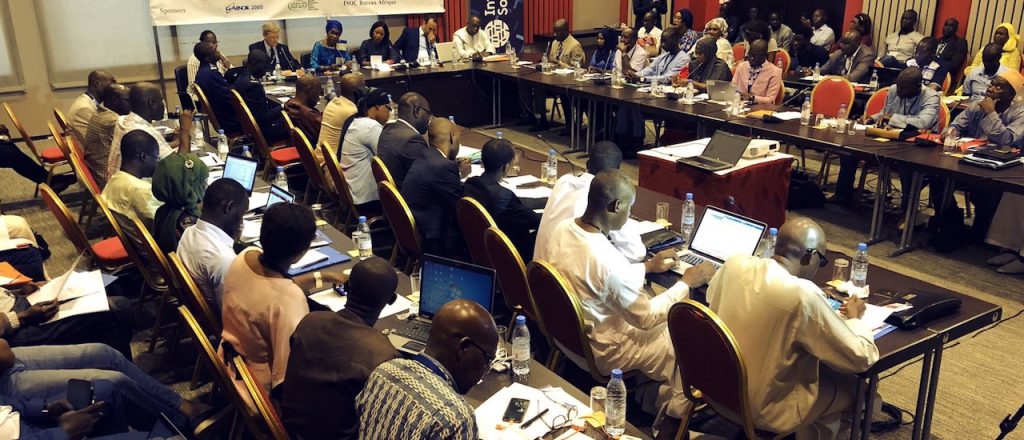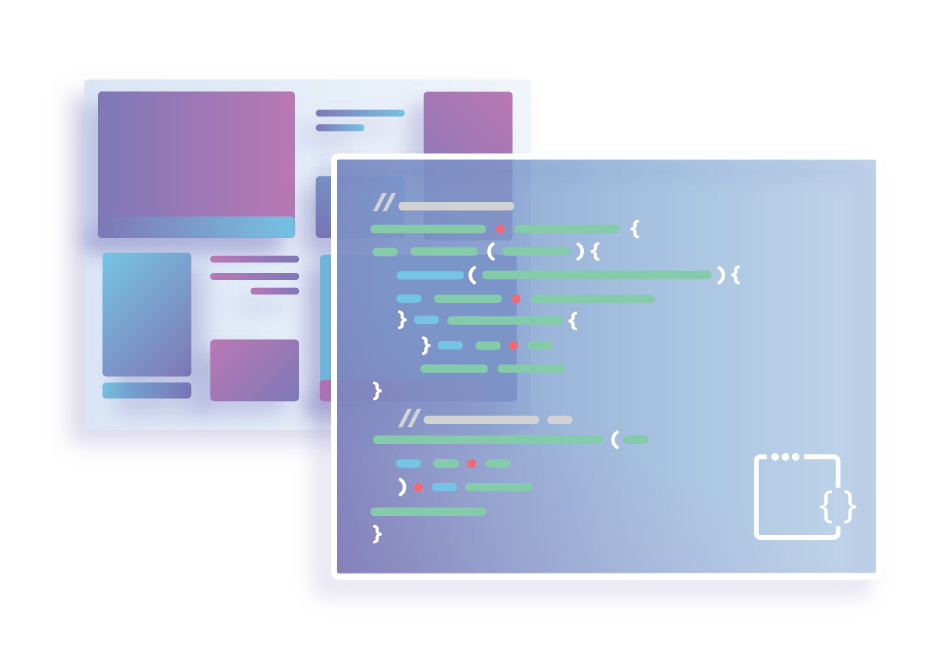Arista Embraces Its Mojo in Campus Battle With Cisco
 Arista strengthened its campus networking portfolio of products through its acquisition of Mojo Networks.
Arista strengthened its campus networking portfolio of products through its acquisition of Mojo Networks.
 Arista strengthened its campus networking portfolio of products through its acquisition of Mojo Networks.
Arista strengthened its campus networking portfolio of products through its acquisition of Mojo Networks.

Last week, we have had a busy two days (11-12 October 2018) in Dakar participating in a mutlistakeholder workshop on Privacy and Personal Data Protection in Senegal co-organized by the Personal Data Protection Commission (CDP), the Ministry in charge of Digital Economy (MCTPEN), the Internet Society Senegal Chapter, and supported by the African Regional Bureau of the Internet Society. This workshop was recommended in the Personal Data Protection Guidelines for Africa launched in May 2018 during #AISDakar by the African Union and the Internet Society.
Senegal stands out as the first African Union member to act on that recommendation and run such a workshop, bringing together policy makers, law enforcement, data protection authorities, lawyers, academics, entrepreneurs, and actors of the private sector, civil society, and technologists to debate the issues and build a shared vocabulary and shared understanding.
The discussion was wide-ranging, informed, and mature…
Wide-ranging, because the organizers did a great job of attracting a diverse and engaged set of stakeholders and giving them the time and space to contribute.
Informed, because the participants were asking all the right questions (about privacy, innovation, cybercrime, threats to information, reputation and Continue reading
 Altiostar, Mavenir, and Parallel Wireless were picked by TIP’s OpenRAN project for having the most compliant platforms.
Altiostar, Mavenir, and Parallel Wireless were picked by TIP’s OpenRAN project for having the most compliant platforms.
 These devices will be open, disaggregated, interoperable, and supplier-neutral, and they target mobile operators’ 5G deployments.
These devices will be open, disaggregated, interoperable, and supplier-neutral, and they target mobile operators’ 5G deployments.
 SendGrid sells an email marketing platform to businesses. The purchase will enable Twilio to bring all of its customers' communications channels under a single platform and company.
SendGrid sells an email marketing platform to businesses. The purchase will enable Twilio to bring all of its customers' communications channels under a single platform and company.
The gap between processor architectures in the datacenter server and on the desktop or on our laps or now in our hands thanks to transistor shrinks over the past decade is getting bigger. …
A New Datacenter Compels Arm To Create A New Chip Line was written by Timothy Prickett Morgan at .
 Neoverse represents a new unifying brand identity for ARM-based technology for high performance computing, cloud, storage, network infrastructure, and edge computing.
Neoverse represents a new unifying brand identity for ARM-based technology for high performance computing, cloud, storage, network infrastructure, and edge computing.
 In this interview, IBM’s Brian O’Connell, Distinguished Engineer and Master Inventor, and Steve Currie, Distinguished Engineer, talk about IBM’s networking approach.
In this interview, IBM’s Brian O’Connell, Distinguished Engineer and Master Inventor, and Steve Currie, Distinguished Engineer, talk about IBM’s networking approach.

What if future generations in 2030 learned about gender inequality in their history class and not in their lived realities? What can rural women achieve when included in digital society? What can we do now to ensure a future without a gender digital gap?
Many women and girls are being left behind in digital development. Women are 12% less likely to use the Internet globally than men, while in low and middle-income countries, the gap between women’s use and that of men is 26%. This is not only a question of connectivity, but about using the Internet in a meaningful way.
These were some of the critical issues the W20 Summit tackled in Buenos Aires last week.
W20 Argentina, a step forward in the right direction
Women20 (W20) is one of the key G20 engagement groups which supports the promotion of gender inclusive economic growth.
Its recent summit was an opportunity for leaders to make progress on several fronts ranging from digital inclusion to labor inclusion, financial inclusion, and rural development.
In the final Comuniqué, 146 delegates from all sectors of the economy committed to “[Improving] access, affordability, safety, and security of digital services, broadband, and connectivity plans, and the Continue reading
As container technology adoption continues to advance and mature, companies now recognize the importance of an enterprise container platform. More than just a runtime for applications, a container platform provides a complete management solution for securing and operationalizing applications in containers at scale over the entire software lifecycle.
While containers may have revolutionized the way developers package applications, container platforms are changing the way enterprises manage and secure both mission-critical legacy applications and microservices both on prem and across multiple clouds. Enterprises are beginning to see that container runtime and orchestration technologies alone don’t address these critical questions:

For some time, there was a lot of confusion in the market between orchestration solutions and container platforms. But in 2018, we are seeing more alignment across major Continue reading

The Workers team just announced support for WebAssembly (WASM) within Workers. If you saw my post on Internet Native Apps, you'll know that I believe WebAssembly will play a big part in the apps of the future.
It's exciting times for Rust developers. Cloudflare's Serverless Platform, Cloudflare Workers, allows you to compile your code to WASM, upload to 150+ data centers and invoke those functions just as easily as if they were JavaScript functions. Today I'm going to convert my lipsum generator to use Rust and explore the developer experience (hint: it's already pretty nice).
The Workers teams notes in the documentation:
...WASM is not always the right tool for the job. For lightweight tasks like redirecting a request to a different URL or checking an authorization token, sticking to pure JavaScript is probably both faster and easier than WASM. WASM programs operate in their own separate memory space, which means that it's necessary to copy data in and out of that space in order to operate on it. Code that mostly interacts with external objects without doing any serious "number crunching" likely does not benefit from WASM.
OK, I'm unlikely to gain significant performance improvements on this particular Continue reading

Don't take my word for it
The post Video: Using Scrivener and Devonthink for Research, Writing appeared first on EtherealMind.
Arista’s focus on disruption, with datacenters and routing, transforming siloed places in the network to seamless Places In the Cloud (PICs) has been well appreciated by our customers. Our cloud networking decade has been achieved by upholding these cloud principles and I believe these trends will influence cognitive campus PICs. Legacy campus networks suffer from a similar complexity of too many layers, boxes, cables, operating systems, proprietary features and network management choices. A change is very much needed and welcome in the 2020 era.